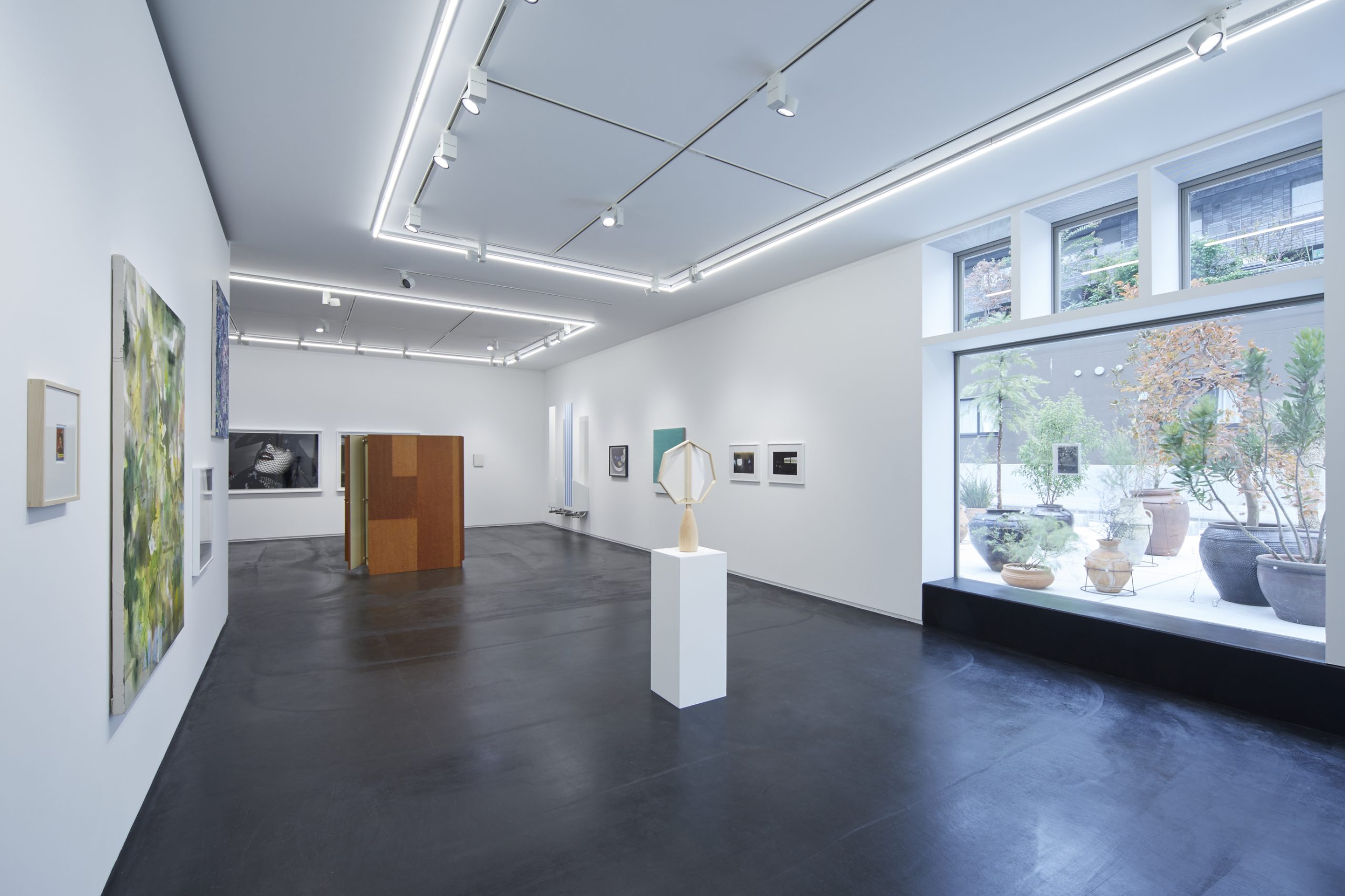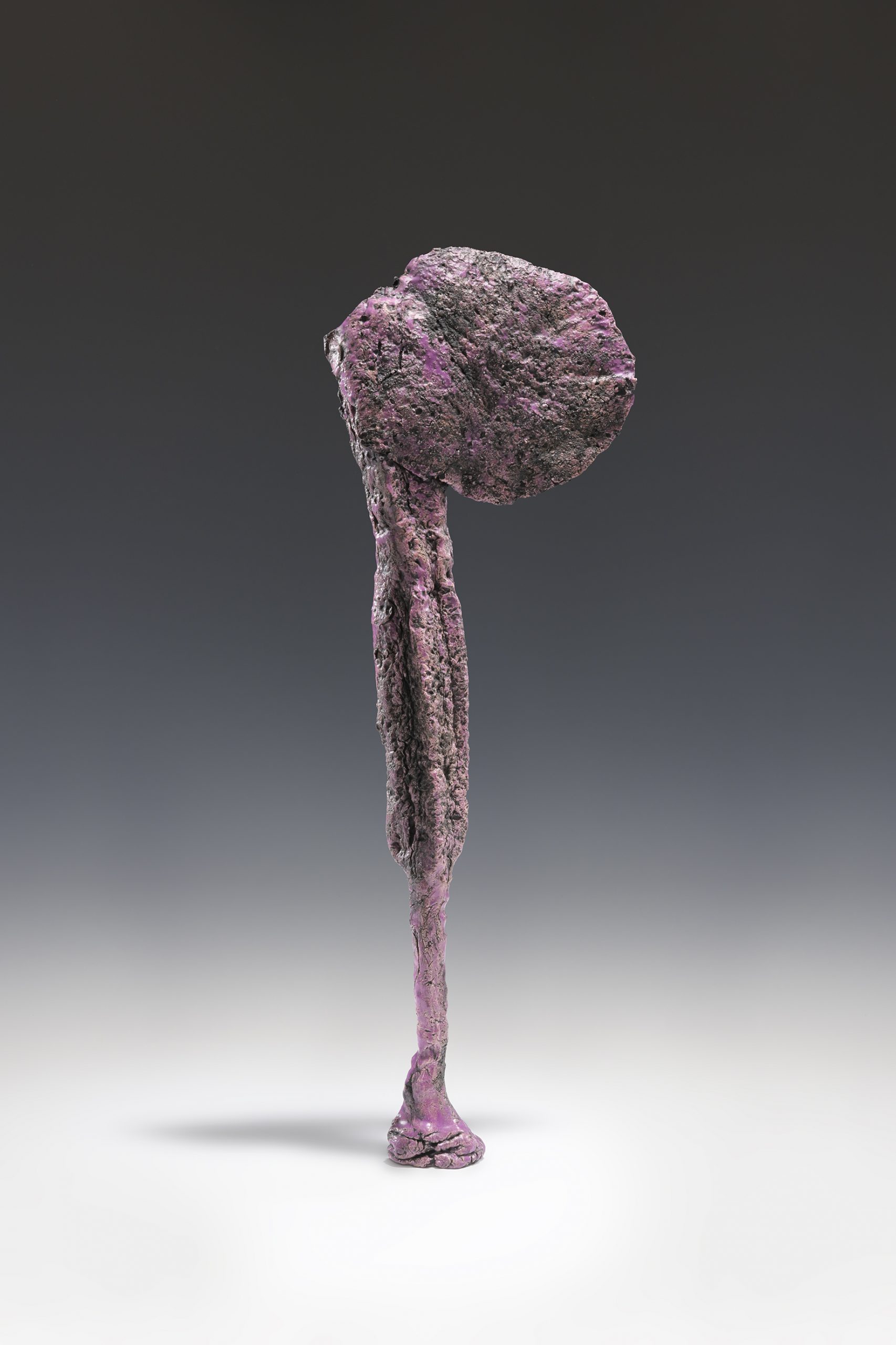VENUES

Photo by Kenji Takahashi
Taka Ishii Gallery
Roppongi
Since its opening in 1994, Taka Ishii Gallery has maintained and developed an exhibition program based upon the simultaneous goals of introducing international contemporary artists to the Japanese scene and serving as an international platform for the presentation of the work of emerging Japanese artists and contemporary masters.
While the gallery’s aesthetic focus is rooted in the photographic, the program is contemporary and represented artists work in a variety of media. A yearly exhibition program of eight solo and/or group exhibitions is supplemented by the publication of catalogs and artists’ books, with an emphasis on the documentation and promotion of the work of emerging Japanese artists.
In addition to the primary exhibition space, Taka Ishii Gallery Photography / Film focuses on historical exhibitions of Pre- and Postwar Japanese photography and related film work.
While the gallery’s aesthetic focus is rooted in the photographic, the program is contemporary and represented artists work in a variety of media. A yearly exhibition program of eight solo and/or group exhibitions is supplemented by the publication of catalogs and artists’ books, with an emphasis on the documentation and promotion of the work of emerging Japanese artists.
In addition to the primary exhibition space, Taka Ishii Gallery Photography / Film focuses on historical exhibitions of Pre- and Postwar Japanese photography and related film work.
Taka Ishii Gallery
complex665 3F, 6-5-24 Roppongi, Minato-ku, Tokyo
+81-(0)3-6434-7010
Exhibition Information
"YAKIMONO"
Shio Kusaka, Liz Larner, Matthew Lutz-Kinoy & Natsuko Uchino, William J. O’Brien, Sterling Ruby, and Lucía Vidales
Shio Kusaka, Liz Larner, Matthew Lutz-Kinoy & Natsuko Uchino, William J. O’Brien, Sterling Ruby, and Lucía Vidales
October 12 – November 7
Taka Ishii Gallery is pleased to present the group exhibition “YAKIMONO,” which means “fired things.” The exhibition will feature ceramic-based works by Shio Kusaka, Liz Larner, Matthew Lutz-Kinoy & Natsuko Uchino, William J. O’Brien, Sterling Ruby, and Lucía Vidales.
Ceramic has one of the richest histories of any medium on the planet, from the prehistoric era to the present, from its use to make vessels for daily life, decorative vases, and figurines to its increasing revival resulting from the technical diversification of contemporary artists. From Lissitzky and Malevich to the Futurists and the Bauhaus school, the avant-garde artists of the 20th century pioneered the exploitation of the metamorphic nature of ceramics within an artistic context. After World War II, Lucio Fontana, Pablo Picasso, Luigi Ontani, and others began to sublimate this media into pure art forms through their artistic approaches.
As Louisa Elderton and Rebecca Morrill, the editors of Vitamin C: Clay and Ceramic in Contemporary Art (Phaidon 2021), wrote: “Clay has become increasingly central in contemporary art, and while many artists today are not formally trained in the medium’s traditional techniques, instead they discover its physical satisfaction.”
Ceramic has one of the richest histories of any medium on the planet, from the prehistoric era to the present, from its use to make vessels for daily life, decorative vases, and figurines to its increasing revival resulting from the technical diversification of contemporary artists. From Lissitzky and Malevich to the Futurists and the Bauhaus school, the avant-garde artists of the 20th century pioneered the exploitation of the metamorphic nature of ceramics within an artistic context. After World War II, Lucio Fontana, Pablo Picasso, Luigi Ontani, and others began to sublimate this media into pure art forms through their artistic approaches.
As Louisa Elderton and Rebecca Morrill, the editors of Vitamin C: Clay and Ceramic in Contemporary Art (Phaidon 2021), wrote: “Clay has become increasingly central in contemporary art, and while many artists today are not formally trained in the medium’s traditional techniques, instead they discover its physical satisfaction.”

© Sterling Ruby, courtesy of Sterling Ruby Studio and Taka Ishii Gallery, photo by Robert Wedemeyer